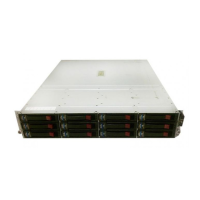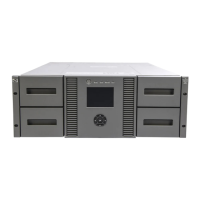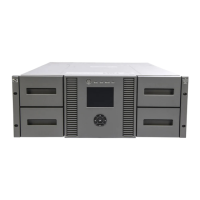Figure 71 shows an EVA8000/8100 configuration in which all controller host ports support two
independent, dual-redundant SANs. In this configuration, SAN 1 represents a dual-redundant SAN
with Fabric A and Fabric B. Path failover is available between Fabric A and Fabric B. SAN 2 represents
a second dual-redundant SAN with Fabric C and Fabric D. Path failover is available between Fabric
C and Fabric D.
A modified version of this configuration allows for up to eight fabrics, two configured in a
dual-redundant SAN with up to six independent fabrics. A minimum of two fabrics must be configured
as a dual-redundant SAN to provide redundant access for the EVA management server.
25132a
Fabric A
Fabric B
Fabric C
Fabric D
SAN 1 SAN 2
Figure 71 EVA8000/8100 two independent, dual-redundant SAN configuration
.
Dual-channel HBA configurations
Use dual-channel HBAs when the number of server PCI slots is limited. Most installations are configured
as shown in Figure 72 or Figure 73. Both configurations are implemented using a single PCI slot to
provide access to the same targets or LUNs, or to a different set of storage targets or LUNs through
separate ports on the HBA.
Each dual-channel HBA provides greater performance than a single-channel HBA for a single PCI
slot.
Target ranges are examples only. The number of storage controller targets and LUNs associated with
each accessible target is operating system dependent.
Figure 72 shows two HBA paths connected to the same Fibre Channel switch.
25137b
Targets A, B,...
Targets C, D,...
Port 1 Port 2
Dual-channel
HBA
Figure 72 Single PCI slot with dual-channel HBA and one switch
.
The configuration shown in Figure 73 provides increased availability during a single switch failure.
For example, availability to a specific set of targets is increased by configuring access to targets A,
B on both paths.
SAN Design Reference Guide 261

